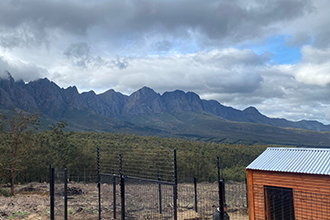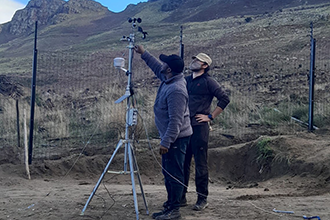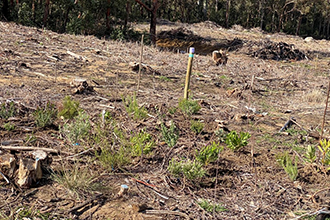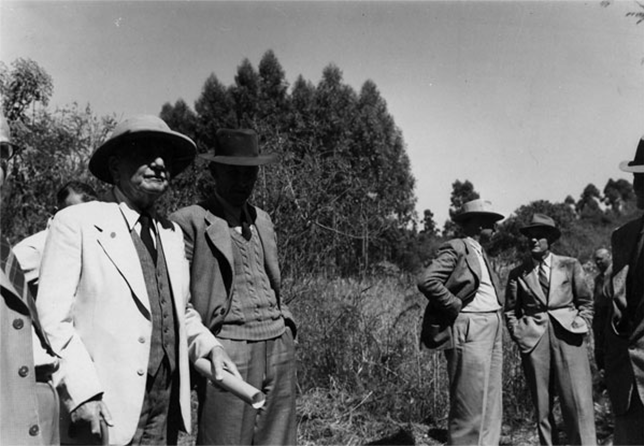THE HANS MERENSKY CHAIR IN MEASURING AND MODELLING EUCALYPT GROWTH & WOOD FORMATION
EucXylo is focused on understanding the processes of ecophysiology, growth and wood formation in the important group of genera known as the eucalypts. It is a Research Chair, led by Prof. David Drew, funded by the Hans Merensky Legacy Foundation (HMLF) and based at Stellenbosch University, in South Africa. While the research is founded on detailed scientific measurements (of growth, physiological processes and wood properties), a key part of the program is about developing and applying models of tree growth and xylem production.



About Us
EucXylo is predominantly funded by HMLF, with additional funding through the current round of Forestry Sector Innovation Funding administrated by Forestry South Africa and with ad-hoc free-standing grants from South Africa’s National Research Foundation (NRF). The research activities are strongly supported by the Stellenbosch University Faculty of Agrisciences.
Our Mission & Vision
The overarching goal of EucXylo is to better understand and model how eucalypts (particularly the genus Eucalyptus but also Angophora and Corymbia) grow and form their wood. Much of the research undertaken within EucXylo is therefore basic and fundamental, although applied projects are also within scope. We want to take an integrated approach to understand growth, physiological processes in the whole organism and xylogenesis. We are putting together the pieces of the puzzle, harnessing modern computational and systems-level analyses to formulate and answer various relevant questions which emerge as our research progresses. We hope this integrative approach will close the loop between the relevant scales which are all inextricably linked: from the level of the organism down to the level of the developing cell.
As we study the interactions between the components of the “eucalypt growth and wood formation system”, we explore how these interactions drive function, structure and behavior in differentiating and structural xylem. Researchers in the Chair harness cutting edge, high precision ecophysiological and fine-scale growth measurement approaches, combined with intensive sampling and analysis. New findings and insights are continuously incorporated in new and evolving mathematical models designed to allow explicit quantitative prediction of particular processes and ultimately, system simulation. This modelling framework will be developed in accordance with open-access principles in an appropriate development/simulation environment. The vision for this simulation platform is that it will become a tool that facilitates scientific collaboration and the generation of new hypotheses and ideas within South Africa and around the world.
Ultimately, our vision is for fully simulated growth and xylem formation (as shown in the simple video below, based on the Drew et al. (2010) (CAMBIUM Model) to be a perfectly realistic mimic of the real thing! In the little video you can see below, simulating xylem formation in a eucalypt, the black zone represents cambial initials and the green zone shows the cambial zone of “xylem mother cells”. Blue xylem cells that are in the stage of irreversible expansion and the red shows xylem busy depositing the secondary wall. The brown portion is fully lignified xylem has become functional for water transport. What we want is to go far beyond this level of simulation! Better rendering, with 3D representation, and a more believable cell-cell interaction, for a start… It’s an exciting vision, and we’re enjoying the journey.
OPPORTUNITY TO STUDY OR WORK WITH US
We welcome enquiries from qualified candidates at any time. But see below for any positions we’re actively trying to fill.
